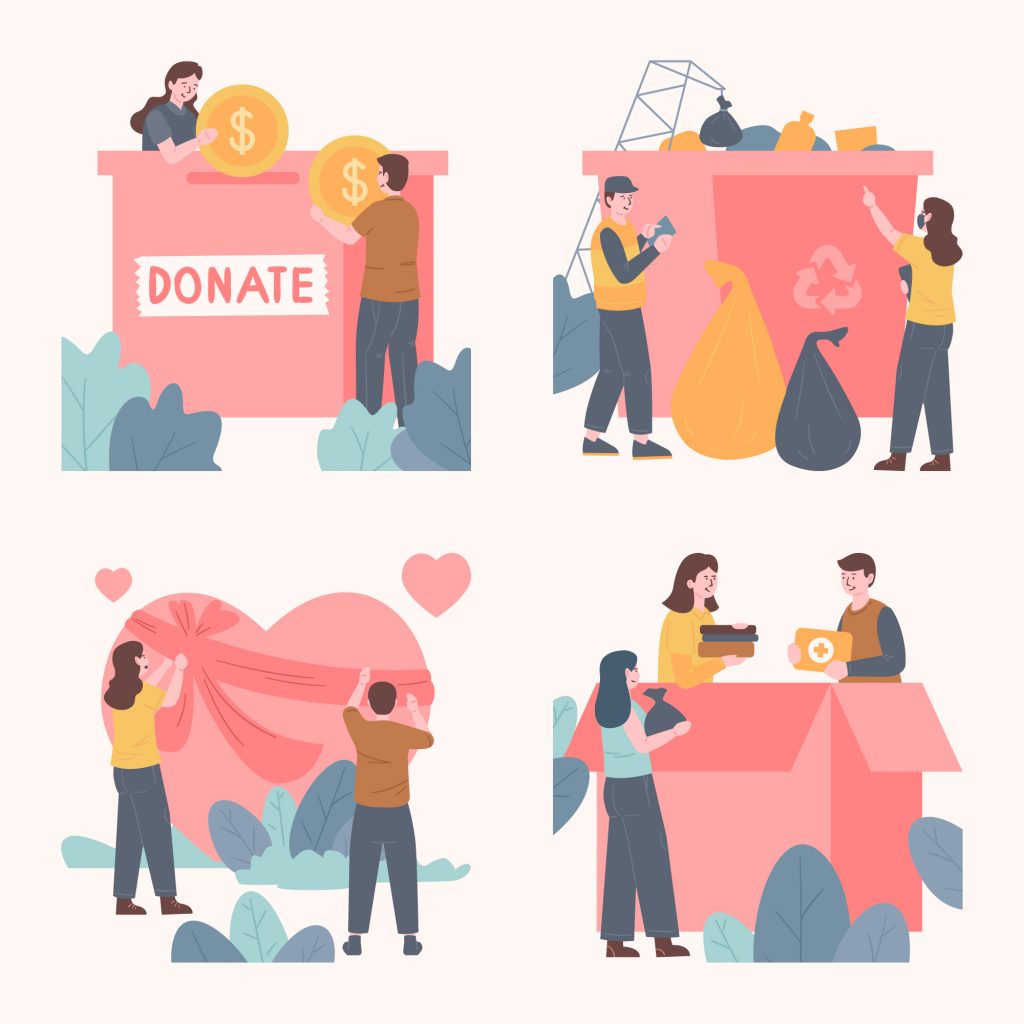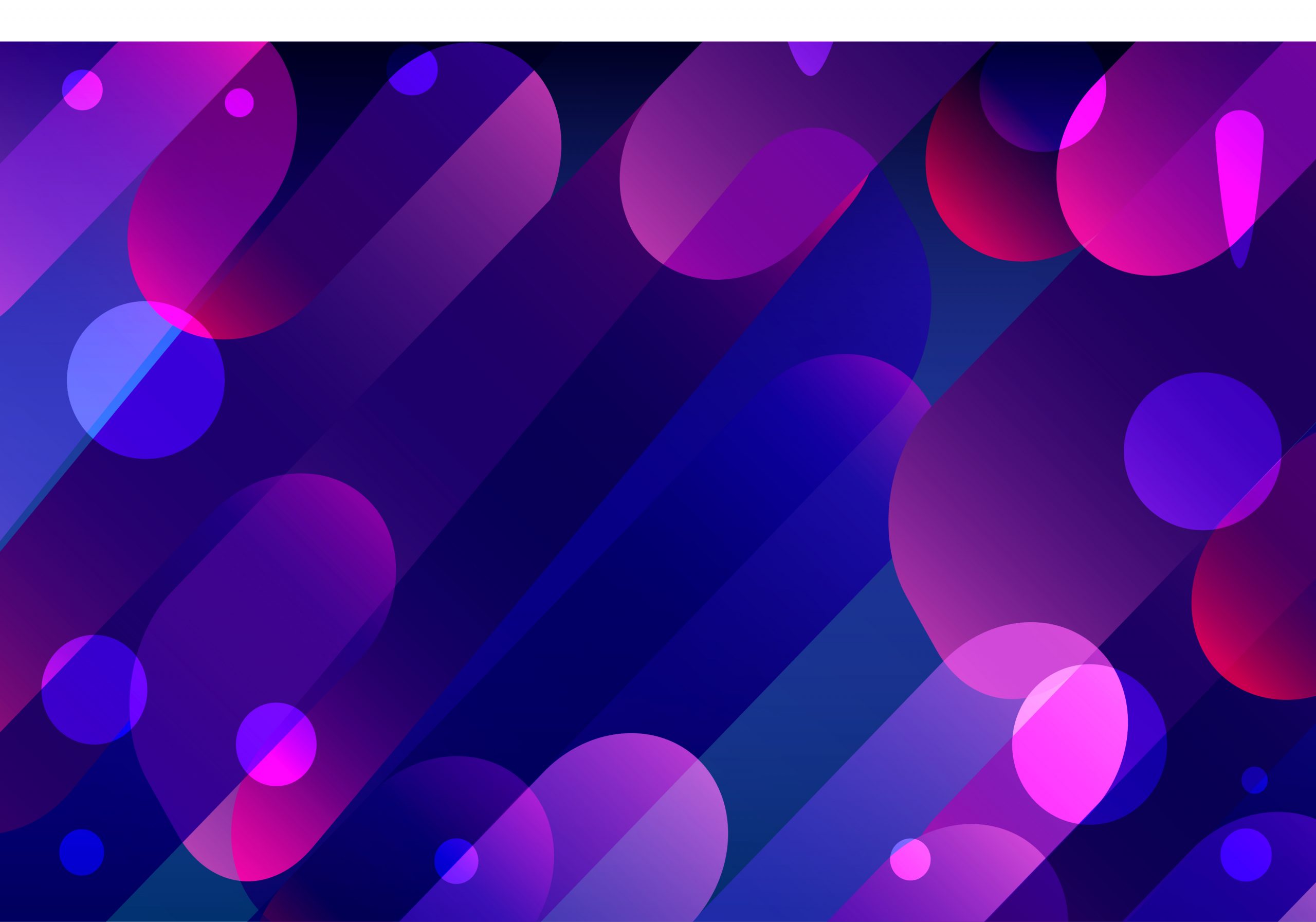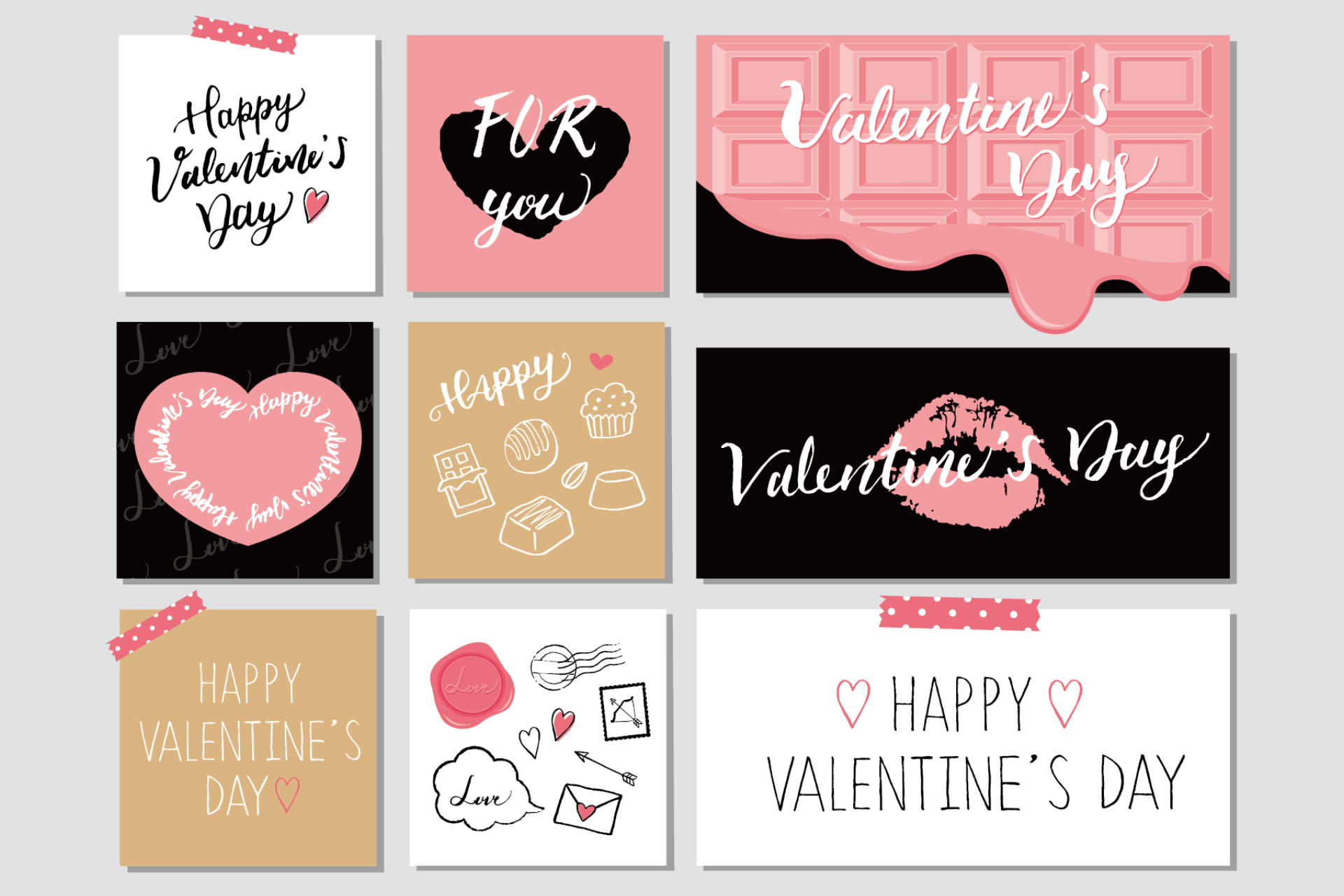Graphic design is referred to as the art and profession of choosing and making the right choice of visual elements like images, symbols, typography, and colors to communicate with the audience. Sometimes, graphic design is also known as visual communication, a word that focuses on its function of giving forms such as a logo, design of a book, advertisement, or website to information.
Graphic design fundamentals are about understanding how the qualities of visual materials such as color theory, images, shapes, typography and layout all work together( or go together). Then being able to understand which qualities are relevant, engaging, and helpful in visualizing a specific idea or solving a particular problem.
A designer is most likely to use major types of art files. In each category, we have taken a few examples of an ‘exchange’ file type that designed are universally accepted and a ‘native’ file type designed for specific applications. They are:
- Vector
- Raster
- Web
We have excluded files for layout programs like Adobe InDesign. These files are linked to and compile many file types. Layout programs are proprietary, but most of them read files developed in other programs.
Vector Files
These files mostly use the Encapsulated PostScript and .eps. These eps files are a legacy format, developed to support vector and raster details across platforms. Being relatively old, these are such common files that can be read by any professional design program you can think of. You can also flatten layers and convert .eps files to a .jpg or .png for web, a .pdf for web or print, or a .tif file for best quality reproduction.
.ai files are specific to Adobe Illustrator. These are also version dependent. That is, the file has attributes and features related to the version of Illustrator in which the file was created. As a result, you may see a pop-up asking if you want to update the old file or convert it to the current version of Illustrator.
Most free web-based programs can interpret .ai files instead of reading them, so the results may not come like what you see in Illustrator when you open or see these projects.
Raster Files
To date, there are numerous raster file formats available. These raster files are used for auto-cad, drafting, architecture and all sorts of planning programs. We might also stick to the graphic design fundamentals-centric formats, as usual. So, don’t get confused.
.jpg, .tif, and .bmp, or .bitmap image files are mostly used for photography and flat art. These are simple container files that make up images on a computer screen for a map of pixels.
A Joint Photographic Experts Group and .jpg are used for common web-based icons and very high-quality digital camera images. However, this file type uses a lossy compression technique to make the size of the file small.
When people save the .jpg file, they are more likely to be prompted to complete the compression level or quality level. Through this, you can control the file size, though it can affect the picture’s appearance.
To preserve all available information, the .tif or tagged image file format is compressed in uncompressed or lossless. For example, use this to scan historical or archived photo files. Such .tif files are usually very large. We can also support Photoshop layers but in this regard.
All of the properties found in a Photoshop file, including layers, intelligent objects, effects, and typography, are supported by the.psd raster format. A.psd file is more straightforward for people to view and identify as a working Photoshop file, even though a layered.tif is cross-platform and can sometimes be smaller due to compression.
Tip: We typically use.psd for working/layered files and.tif for flattened files, if only for efficient communication and to keep working files organized among several users.
Do you want to know the difference between the vector and raster files?
With numerous options of images to select from online, it can be not very clear to decide which file formats to begin with. Do you want to use raster or vector images? Raster graphics are made up of pixels, while mathematical curves and paths develop vector images.
After understanding with the ins and outs of both formats and how they are translated when exported is an important skill for each graphic design fundamentals designer. If you are not sure about the difference between the raster and vector images, then this article is really helpful for you. Let’s start:
Raster Images
Most likely, if you browse the web, you have seen a raster image. The pixels that makeup raster, or bitmap, images are very small squares. These color-containment pixels work together to create images. The quality of an image increases with the number of pixels and vice versa. When you enlarge an image, the image’s details get blurry, and the pixels become more noticeable.
Observe carefully how, when magnified, the margins of the tropical pattern below become rough and pixelated. This is a key clue that the image is raster-based. Obvious pixels make images look unsightly and unprofessional. As a rule of thumb, it is ok only to downsize a raster image not to have heavy pixelation.
Because of enough pixels in a raster image, the file size can be considerable. An illustration with a higher PPI or DPI will be larger in size and data, which are sometimes problematic when there are limits to image shortage or restrictions on uploading file sizes.
Tip: You can easily cut the file size by reducing the resolution to 72 PPI food online images. Raster images are primarily used for digital applications and photography.
Even when you take pictures from your smartphone or a camera, those pictures are recorded as pixel data. And, when these pictures are uploaded online, the pictures are raster images.
You can edit these pictures using raster-based programs like Adobe Photoshop or Shutterstock editor. For your next graphic design fundamentals work, it is best to use these programs for imagery and photography. Also, avoid using these graphic design fundamentals for logo designs and icons. Such raster files can be saved in various formats such as:
.png (Portable Network Graphic)
.psd (Adobe Photoshop Document)
.bmp (Bitmap Image File)
.tiff (Tagged Image File Format)
.pdf (Portable Document Format)
.jpg (Joint Photographics Expert Group)
Each file format has its own variety of display settings for all these display pixels. Some of these file formats take up additional data and use higher resolutions, while some take less storage but are lower in resolution and of lower quality.
Vector Images
Vectors approach image rendering differently. They consist of curves and pathways that follow established mathematical formulas. Only vector design programs like Adobe Illustrator or Sketch are used to create these lines and curves.
Due to their algorithmic makeup, vectors are infinitely scalable and remain smooth and crisp even when sized up to huge dimensions. Vector’s scalability makes these graphic design fundamentals( vector images) ideal for design work consisting of icons and logos.
Both icons and logos need immense details and many size options, generally depending on their application.
For example, you might use a logo on something as small as a business card or can also be used as large as a billboard. Such vector images (graphic design fundamentals) are good for large or small format prints because rasterized designs lose quality while resizing them.
Vector files can be edited and saved in the formats mentioned below;
.ai (Adobe Illustrator document)
.eps (Encapsulated PostScript)
.svg (Scalable Vector Graphic)
.pdf (Portable Document Format; only when saved from vector programs)
illustAC’s collection of images includes numerous vector images available for download like illustrations and so on. You can also change the vector images in the search bar by changing the image type below the search bar of illustACs and selecting vectors.


Web Files
Furthermore, using .jpg image files, the web files use .gif or Graphics Interchange Format for animation. The significant differences while using static images in two different formats are the number of colors and quality.
A .jpg uses a higher number of colors than a .gif file, also with high-quality edges and more smooth gradients. It is good to use .jpg for static images with no transparency, and for animated images, you should use .gifs.
Another trendy format in web design( graphic design fundamentals) is the .png file or Portable Network Graphics, which is the most used lossless image compression format. .png files are great because they support transparency.
This is essential to high-quality web designs, as it is not necessary to match the background colors and are not forced to consist of images in boxes.
.svg stands for Scalable vector graphics and, as such, is a vector file that can be used in web files too. These .svg 9 graphic design fundamentals) support animation and interactivity can be edited with drawing software such as illustrator.
This .svg file (graphic design fundamentals) creates high-quality, sharp web images, and it doesn’t matter what the platform is. You should use such .svg files when designing for interactive websites, whenever you want dynamic or animated web designs, crisp vector shapes rather than compressed pixel images.
Do you want to know when to use Vector and Raster Images?
Well, don’t worry; we are here to solve your queries. Raster images can be used for numerous situations but are not the best for every instance. Knowing when to use such raster and vector images in particular applications is important for every graphic design fundamentals designer.
As we know, raster graphic design fundamentals are made up of square-shaped pixels, best for displaying detailed images and subtle gradations in color. As raster images are more readily available in numerous file formats, they are more accessible and quickly found online.
The accessibility of raster graphic design fundamentals makes them more easily shareable online in various applications, especially on social media and web image browsers.
Though raster (graphic design fundamentals) images are suitable for showcasing detailed images and shareable images, they do not scale well. When you enlarge a pixel-based photo online, you’ll start to notice significant pixelation, which might make the user’s image look unprofessional.
Raster images can also have huge file sizes, depending on the level of detail in the image. You’ll see a larger file size when you open a larger raster image than when you open a smaller one.
On the other hand, vector graphics ( graphic design fundamentals) have their own uses. As vectors are made up of mathematical quotations, they are best for logos and are infinitely scalable, geometric designs and typography. They also take less file space as compared to raster counterparts.
However, vector graphics are not ideal for displaying photographic images though they are best for typography, scalable logos, and design. Vectors ( graphic design fundamentals) are made up of mathematical curves and lines instead of square-shaped pixels, meaning vectors display visual details differently than raster images.
Transferring Raster to Vector and Vice-versa
It’s vital to know when to use each type of image. But what should you do if you need to change a raster image into a vector image or a vector image into a raster image?
Transferring Raster to Vector
Raster to vector conversion is possible, but only in limited circumstances. For instance, it is easier to convert raster images to vectors for simple designs rather than photos and portraits. Don’t worry if you need to convert a raster image to a vector and do not have access to Adobe Illustrator.
You can have access to a variety of online converters that will make the process as simple as adding and removing an image. Some resources include Vector magic and Vectorizer etc.
Converting Vector to Raster
Every designer needs to learn how to convert vector graphics to raster file types. The vector design must be transformed into a legible raster format in order to be shared with others who lack access to vector software.
Every vector editing tool has the ability to save and export the vector design in raster format. For instance, in Adobe Illustrator, select File > Export > Export As and then choose JPG, PNG, or TIFF as the file type for the design.
Everyone can view the attached file if you share your vector design rather than a vector file in raster format.
Conclusion
It is essential for designers to know the file types. Because there are numerous files that come in various formats, each used for specific purposes. Using the correct graphic design fundamentals for the right job will make your design picture perfect.
But the wrong format means a bad print, a giant download, a poo web image or a missing graphic in an email. This article discussed the three major file types that a designer uses, i.e., raster, vector and web file. We also gave you little information about the difference between vector and raster images you help you understand better.
We hope looking up the article was a little helpful to gain or have basic knowledge about graphic design fundamentals and graphic file types.
Are you looking for great high-quality raster and vector illustrations? If yes, the illustAC is the place where you should look for. illustAC has made the collections of these high-quality, cost-free and premium vector images and illustrations for you.
You can easily download these raster and vector images and illustrations with one click on the images, and the download button appears. You can trust illustAC for original and high-quality raster, and vector images and graphics as over seven million audience have already trusted illustAC, beings its regular registered customers.
For the ease of the users or audience, illustAC has offered facilities like search through images and filter search from where any individual can get their desired shape, size or color images and illustrations without delay. Also, using such high-quality eye-catching raster and vector images and illustrations in your projects can never be a wrong decision as it always shines out.
These high-quality illustrations and vector images surely help you gain attention from people. Also, you can be a premium of illustAC at just $12.2 and $132 on monthly and yearly basis, respectively. Doing subscriptions and being a premium member of illustAC means you’re also the premium member of three other sites of it, i.e., templates, photoAC, silhouetteAC, etc.
So when a reliable site like illustAC is offering you high-quality raster and vector images and illustrations for free of cost and at an affordable price, why not use them. Being a premium member of illustAC, you will be able to enjoy various facilities like zipping numerous images, unlimited downloads of illustrations and images, no attribution is required, regularly offers new design packs, and so on.








